Reportar esta entrada
Más sobre la misma comunidad-colección
Vista de la zona oeste de El Paso desde la Roca del Mamut
View of the Westside and Upper Valley, and Mount Cristo Rey from ...
Baile del Aguila - Ysleta del Sur Pueblo
Young tribal member dancing the Eagle dance at the Tigua ...
Assistance League® PASO (Put A Smile On) BEARS®
Assistance League® provides 400 bears each year to area first ...
Exposición - Embotellado en El Pasado, 2008 - 1
Museum of History exhibit in 2008. This exhibit was done ...
Exposición - Embotellado en El Pasado, 2008 - 2
Museum of History exhibit in 2008. This exhibit was done ...
Exposición - Embotellado en El Pasado, 2008 - 3
Museum of History exhibit in 2008. This exhibit was done ...
Exposición - Embotellado en El Pasado, 2008 - 4
Museum of History exhibit in 2008. This exhibit was done ...
Exposición - Embotellado en El Pasado, 2008 - 5
Museum of History exhibit in 2008. This exhibit was done ...
Celebrando a España - Exposición de Don Juan de Oñate - 1
Small exhibit done in 2008 to celebrate Spain. The exhibition ...
Celebrando a España - Exposición de Don Juan de Oñate - 2
Small exhibit done in 2008 to celebrate Spain. The exhibition ...
Celebrando a España - Exposición de Don Juan de Oñate - 3
Small exhibit done in 2008 to celebrate Spain. The exhibition ...
Celebrando a España - Exposición de Don Juan de Oñate - 4
Small exhibit done in 2008 to celebrate Spain. The exhibition ...
Celebrando a España - Exposición de Don Juan de Oñate - 5
Small exhibit done in 2008 to celebrate Spain. The exhibition ...

















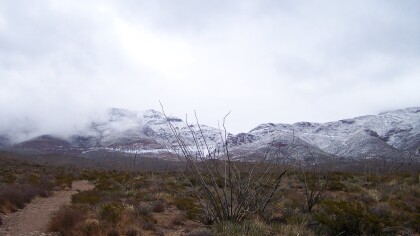
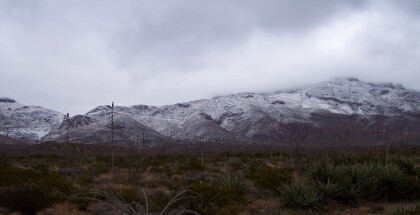
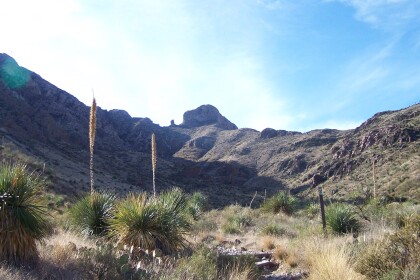
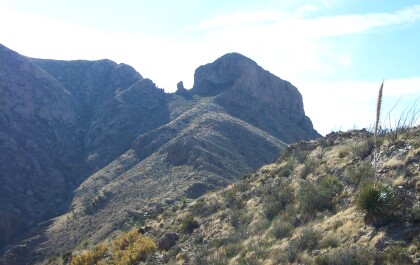
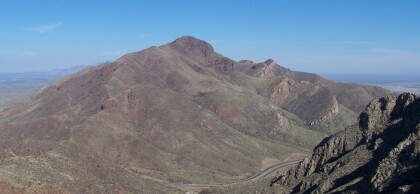
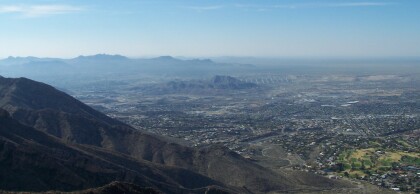
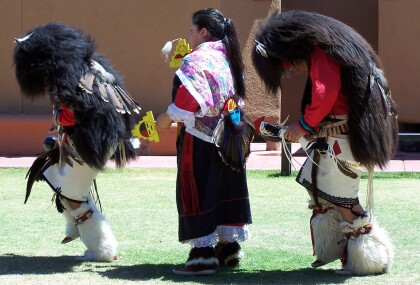
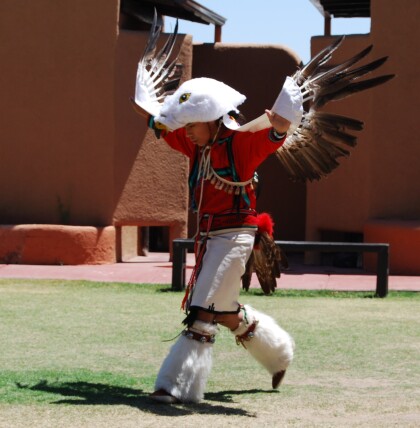


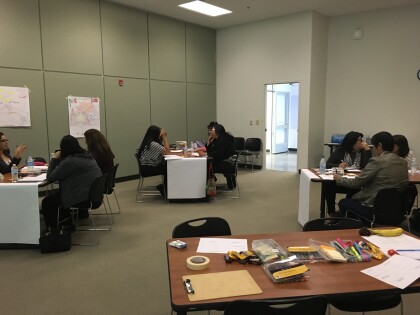
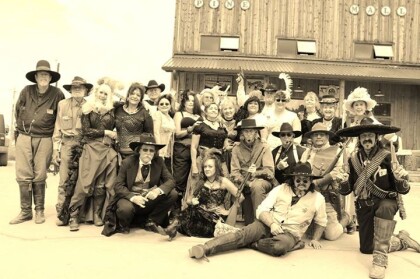

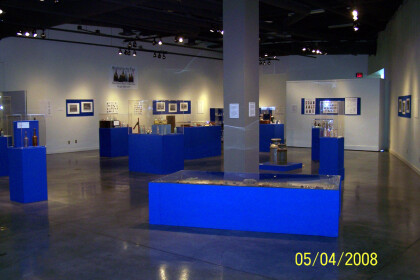
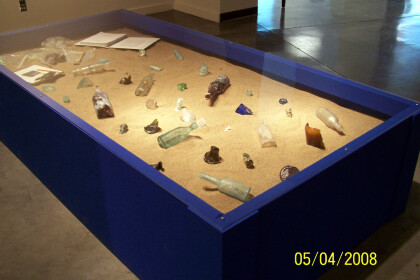

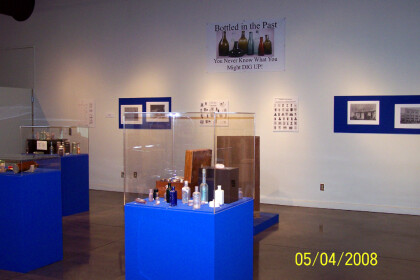
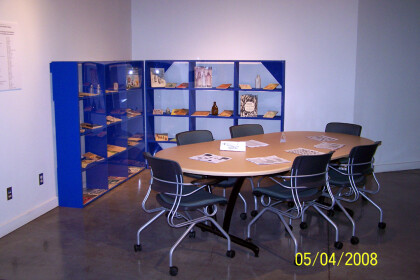
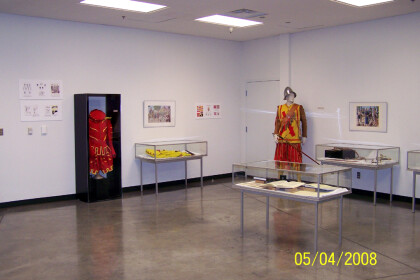
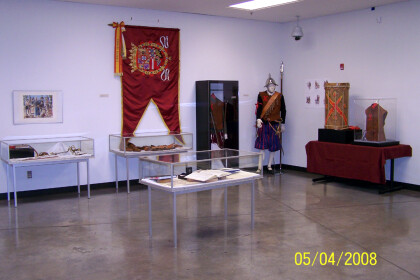
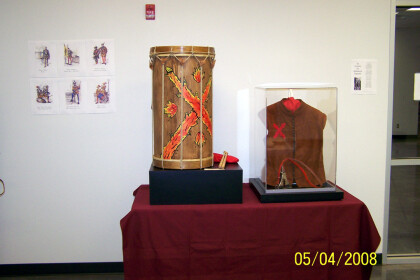
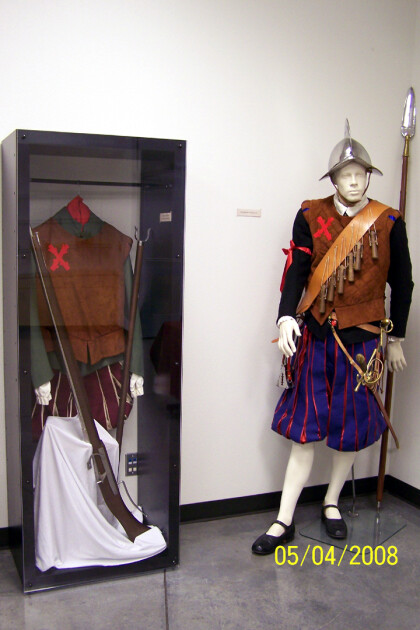
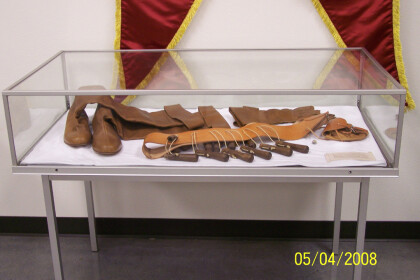
Comentarios
Hacer un comentario